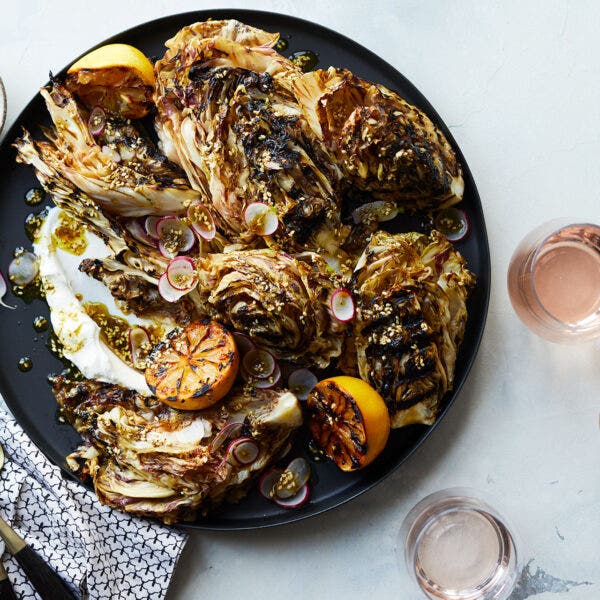What is Red Blends
Red blend is a broad-reaching term that refers to red wines made around the world by blending together different grape varieties. U.S. wine consumers see this terminology most commonly on the labels of full-bodied California wines made from Merlot, Zinfandel and Syrah in varying proportions.
Red blends of this school feel smooth and broad in texture, are typically slightly sweet, have rich dark fruit flavors and low tannins. They are moderate in price and are a strong contrast to California’s most popular red wine, Cabernet Sauvignon, by being less tannic and mouth-drying.
Red Blend Synonyms
Red wine, proprietary red blend, Bordeaux-style red blend, Rhône-style red blend.
Red Blend Regions
Red blends can be found globally and tend to carry geographic names.
A Bordeaux red blend from France is often a blend including Merlot, Cabernet Sauvignon and Cabernet Franc, and less often Petit Verdot and Malbec.
Some of the top-rated, most expensive red wines of Napa Valley, California, such as Joseph Phelps Insignia and Opus One, are sometimes referred to as red blends. But most are specifically Bordeaux-style red blends, using the grapes mentioned above but described on the wine label as simply “red wine.”
In California, a “field blend” is a variation on the red blend theme, often made from old-vine properties planted with assorted vines of Zinfandel, Carignan, Petite Sirah, Mataro and Barbera that were popular in the early 20th century.
A Côtes du Rhône red blend from France can include Grenache, Syrah, Mourvèdre and several other grape varieties. Other Rhône-style red blends globally mimic the composition of Côtes du Rhône and Châteauneuf-du-Pape. Some are labeled GSM to call out Grenache, Syrah and Mourvedre as the predominant grapes.
A Chianti Classico from Italy is made principally with Sangiovese grapes but may have Canaiolo, Colorino, Cabernet Sauvignon or Merlot mixed in.
Red wine bottles labeled Rioja coming from Spain can contain 100% Tempranillo or a blend of the red grape with additional varieties, like Garnacha.
Red Blend Tasting Notes
Because these wines can come from anywhere and incorporate many different types of grapes, the flavors can vary greatly between bottles. Basic Chiantis can be light and fruity, while Rioja is medium-bodied and a California blend tends to be concentrated, almost thick, with blackberry, cherry and chocolate overtones.
Structural Characteristics
Examples of Red Blends to Try
Pairs Well With
Handling Tips
Fun Facts
- Necessity was the mother of invention regarding the California red blend category. As sales of Merlot and Syrah wines tailed off in the 2000s, the prices that wineries paid growers for them also declined, creating an opportunity for winemakers to assemble affordable, profitable red blends.
- Red blends have become the second most popular red wine type consumed in the U.S. after Cabernet Sauvignon, according to the Silicon Valley Bank State of the U.S. Wine Industry 2023 report.
- Many California wines labeled as varietals, like Merlot or Zinfandel, actually may have up to 25% of other grapes blended in, which is the maximum allowed by law.














